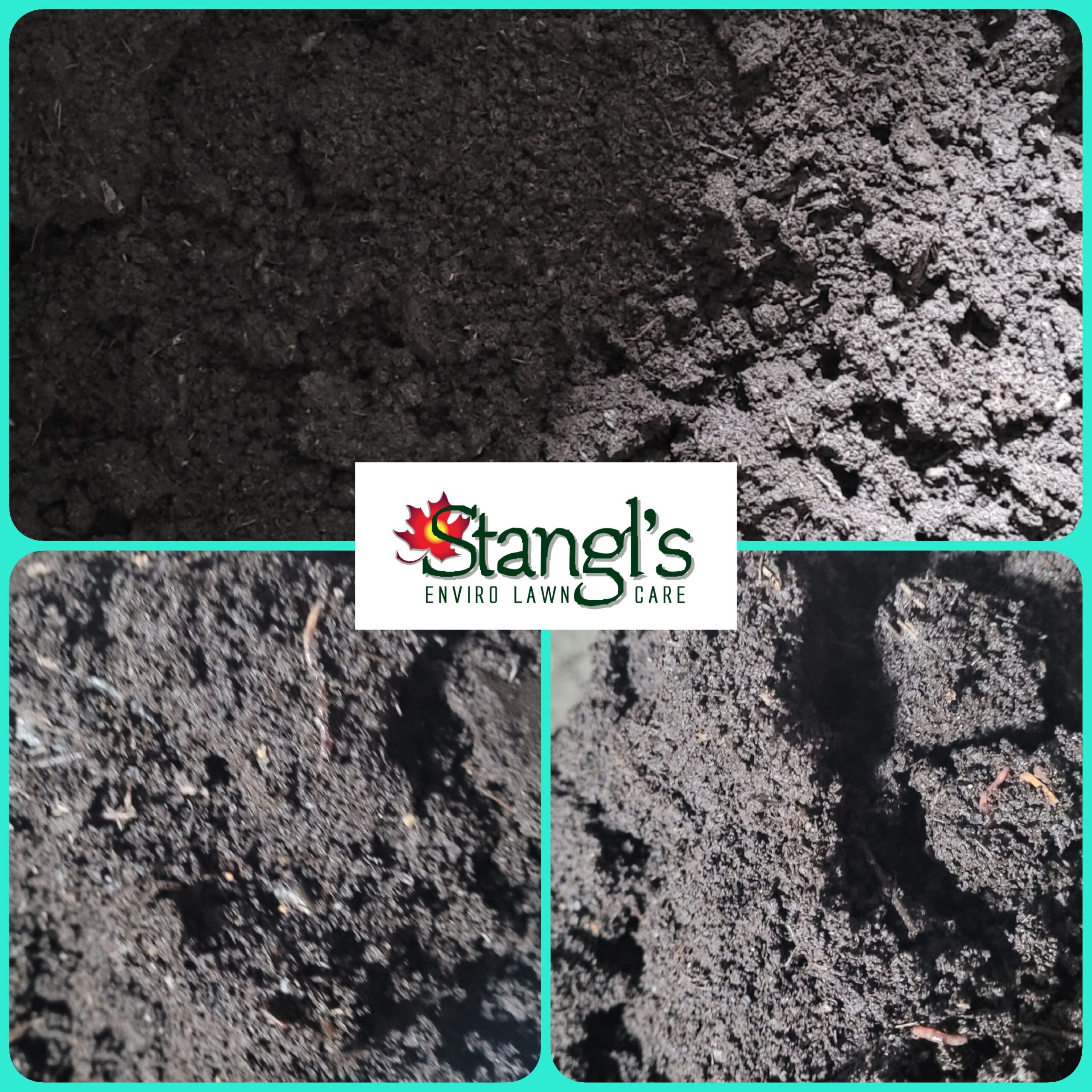In the vibrant world of compost, where microbial orchestras play, it’s not just the well-known actors like bacteria and fungi that take center stage. There exists a symphony of secondary metabolites, autoinducers, and other intricate components, orchestrating a nuanced dance that goes beyond the visible microbes. Let’s decode the magic of these often-overlooked compounds and understand how they contribute to the rhizophagy cycle, seed germination, and the holistic health of the soil.
1. Secondary Metabolites: The Silent Communicators
Secondary metabolites are the whisperers in the compost ecosystem. Produced by microorganisms, plants, and even the breakdown of organic matter, these compounds serve as chemical messengers. In the Johnson-Su Bioreactor (JSB), the balance of inputs encourages the production of a diverse array of secondary metabolites. These compounds communicate messages that influence plant growth, suppress pathogens, and activate the rhizophagy cycle.
2. Autoinducers: Signaling for Cooperation
Autoinducers are nature’s way of orchestrating collaboration. These small signaling molecules enable microorganisms to sense the density of their population. In compost, autoinducers play a crucial role in coordinating activities, from the breakdown of complex organic matter to the initiation of the rhizophagy cycle. The JSB, with its emphasis on diversity, encourages the production of a rich variety of autoinducers, fostering a cooperative microbial community.
3. Rhizophagy Cycle: A Dance with Endophytes
At the heart of compost’s impact on plants lies the rhizophagy cycle. Secondary metabolites act as cues for endophytes within seeds, awakening them to life. These endophytes, responding to the signals in compost, become active participants in nutrient cycling. The JSB, as a source of diverse secondary metabolites, sets the stage for a vibrant rhizophagy dance, where plants and microorganisms exchange nutrients in a harmonious rhythm.
4. Seed Germination: A Response to Signals
Compost is not merely a source of nutrients; it’s a catalyst for life. Secondary metabolites in compost act as stimulants for seed germination. The JSB, with its commitment to a balanced mix, ensures that seeds respond not just to nutritional cues but also to the signals that initiate the expression of beneficial traits. This leads to robust plant growth right from the earliest stages.
5. Holistic Impact: Nurturing Soil Health
The diverse array of secondary metabolites in compost has a holistic impact on soil health. From disease suppression to enhanced nutrient availability, these compounds contribute to a vibrant and resilient soil ecosystem. The JSB method, by optimizing the production of secondary metabolites, ensures that the compost created isn’t just a nutrient source but a catalyst for comprehensive soil rejuvenation.
In conclusion, the symphony of secondary metabolites and autoinducers in compost is a marvel that extends far beyond the visible microbial realm. The JSB, as a method that values diversity and balance, unleashes a cascade of signals that resonate through the rhizophagy cycle, seed germination, and the overall health of the soil. As we explore the depths of compost’s influence, let’s celebrate the intricate dance of secondary metabolites, the unsung heroes in the story of soil fertility.

Keep in mind that the composition can vary depending on the composting process and inputs. Additionally, the specific compounds involved in the rhizophagy cycle and other processes may not be exhaustive:
Secondary Metabolites:
- Phytoalexins: Produced by plants, these compounds play a role in plant defense against pathogens.
- Antibiotics: Microorganisms in compost produce antibiotics that can suppress harmful pathogens.
- Volatile Organic Compounds (VOCs): These compounds, emitted by microbes, can influence plant growth and communication.
- Phenolic Compounds: Involved in the breakdown of complex organic matter and can have allelopathic effects on plants.
- Terpenoids: Contribute to the characteristic aroma of compost and can have antimicrobial properties.
Primary Metabolites:
- Amino Acids: Building blocks of proteins and key components of nutrient cycling.
- Sugars and Carbohydrates: Energy sources for microorganisms and plants.
- Organic Acids: Involved in nutrient solubilization and pH regulation.
- Enzymes: Facilitate the breakdown of complex organic matter into simpler forms.
Autoinducers:
- N-Acyl Homoserine Lactones (AHLs): Common in Gram-negative bacteria, used for quorum sensing.
- Autoinducer-2 (AI-2): A universal signaling molecule used by a variety of bacteria.
- Autoinducing Peptides (AIPs): Used in quorum sensing by Gram-positive bacteria.
Other Signaling Molecules:
- Plant Hormones: Notably auxins, cytokinins, gibberellins, and abscisic acid, influencing plant growth and development.
- Mycochemicals: Compounds produced by fungi, including mycorrhizae, with diverse roles in signaling and defense.
- Rhizodeposits: Substances released by plant roots, including sugars and organic acids, influencing microbial activity.
It’s important to note that the specific compounds involved in the rhizophagy cycle and other complex interactions are still areas of active research. The beauty of compost lies in its diversity, and this list only scratches the surface of the intricate biochemical dance that occurs in a well-balanced compost system.